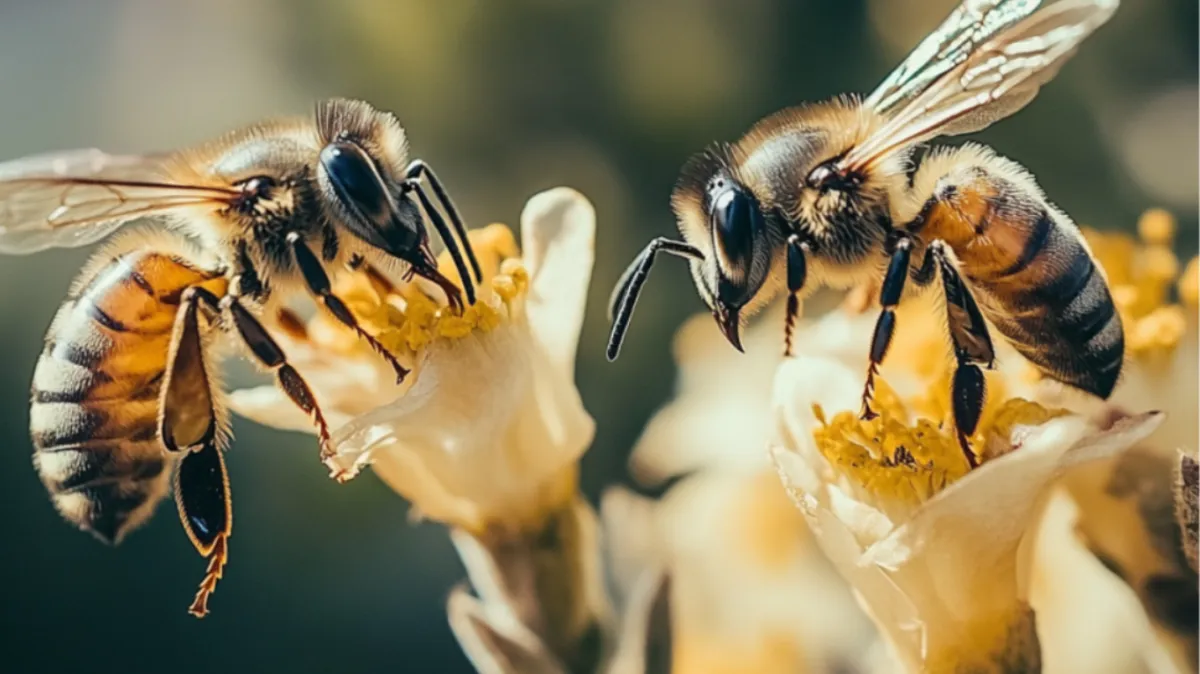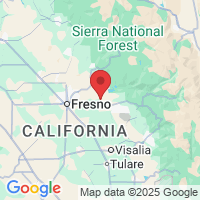Designed To Educate, Motivate & Inspire
The Western Way Journal

Buzz-Free Backyard: Managing Bees and Wasps in Monterey
Understanding Bees and Wasps
To effectively manage the presence of bees and wasps around your home, it’s crucial to understand the fundamental differences between these two types of insects. Here’s a breakdown that can help you identify and address each appropriately:
Species Characteristics:
Bees:
Role: Primarily pollinators, bees play a crucial role in the pollination of flowers and crops, which is essential for food production.
Temperament: Generally docile, bees usually do not sting unless provoked. Their primary focus is on gathering pollen and nectar.
Appearance: More robust and hairy, which aids in the pollination process.
Wasps:
Nesting Habits:
Bees:
Bees often build wax combs inside cavities like hollow trees or designed beehives.
Wasps:
Construct nests from paper-like material made from chewed wood fibers mixed with saliva. These are often found under eaves, in attics, or buried in the ground.
Prevention: Keeping Bees and Wasps at Bay
To effectively deter bees and wasps from encroaching on your living spaces, a proactive approach is essential. Here are some strategic steps you can take to maintain a safe perimeter around your home:
Seal Entry Points:
Inspect Regularly: Conduct routine inspections of your home’s exterior to identify any cracks or gaps.
Areas of Concern: Focus on sealing openings around windows, doors, rooflines, and other potential entry points to prevent wasps and bees from entering.
Materials: Use appropriate caulking or mesh to seal these areas securely.
Manage Garbage:
Secure Lids: Use garbage cans with tightly fitting lids to prevent wasps from accessing food remnants.
Cleanliness: Wash and disinfect bins regularly to eliminate residues that attract wasps, reducing their likelihood of coming near your home.
Limit Floral Attractions:
Garden Placement: While beautiful, gardens can attract bees and wasps. Place flower beds away from common areas like patios, doorways, or windows.
Choice of Plants: Opt for less fragrant plants in areas close to your home to decrease attraction.
Water Source Management:
Remove Standing Water: Ensure there are no stagnant water sources, such as clogged gutters or water bowls, which can attract wasps looking for moisture.
Proper Drainage: Maintain good drainage around your property to prevent water accumulation that could appeal to these pests.
Maintain Outdoor Dining Areas:
Cover Food: Always cover food during outdoor gatherings; wasps are drawn to protein and sugary foods.
Prompt Cleanup: Quickly clean up any spills or crumbs to avoid attracting bees and wasps.
Safe Removal Techniques for Bees and Wasps
When bees or wasps establish themselves too close for comfort, ensuring their safe removal is paramount to maintain safety without harming beneficial bee populations or unnecessarily risking wasp stings. Here’s how you can handle these situations:
Wasp Nest Removal:
Timing: Choose to act at night when wasps are less active and more docile, which reduces the chance of getting stung.
Safety Gear: Always wear protective clothing that covers the entire body, including gloves and a face mask or veil.
Method: Use a commercially available wasp spray to saturate the nest. Stand at a safe distance and follow the manufacturer’s instructions carefully.
Professional Help: For nests that are large or in difficult-to-reach areas, it is safer to contact pest control professionals like Western Way. They have the right equipment and experience to handle the situation without complications.
Immediate Area Surveillance:
Post-Removal Monitoring: After removing a nest, monitor the area for a few days to ensure no new activity occurs.
Prevent Return: Apply preventive measures such as wasp repellents or decoy nests to discourage new colonies from forming.
Ongoing Monitoring and Maintenance
Consistent monitoring and maintenance of your backyard and garden areas are essential to preventing bees and wasps from becoming unwanted neighbors. Here’s a structured approach to keep these flying insects at bay:
Routine Property Inspections:
Frequency: Conduct inspections monthly or bi-monthly, especially during warmer months when bees and wasps are most active.
What to Look For: Check for early signs of nests under eaves, within sheds, or in less trafficked corners of your yard and garden.
Proactive Landscaping Practices:
Trimming Vegetation: Regularly prune bushes, trees, and hedges to eliminate potential nesting sites. Maintaining a tidy landscape not only minimizes nesting opportunities but also improves the overall health of your plants.
Distance Vegetation from Structures: Ensure that no branches or shrubs are in direct contact with your home, as these can provide easy access for wasps and bees to structural gaps or crevices.
Implement Barrier Measures:
Physical Barriers: Use fine mesh screens over rain barrels, vents, and other open structures to prevent wasps and bees from entering and establishing nests.
Repellent Plants: Consider planting wasp-repellent flora such as eucalyptus, citronella, and thyme around your garden to naturally deter these pests.
Regular Cleaning Regimes:
Remove Attractants: Regularly clear away food remnants, especially sweet substances, and secure garbage bins with tight-fitting lids to avoid attracting wasps.
Gutter Maintenance: Clean gutters and downspouts to prevent water pooling, which can attract wasps looking for a moist environment to nest.
Managing bees and wasps in Monterey doesn't have to disrupt your enjoyment of the spring and summer months. With preventive measures, safe removal practices, and ongoing yard maintenance, you can keep your outdoor spaces pest-free and pleasant. At Western Way Termite and Pest Services, we offer tailored solutions that respect wildlife while protecting your home environment. For more detailed strategies and professional assistance, feel free to contact us or visit our website.
[https://westernwayservices.com/]
Office:
8505 Church St Suite 7 Gilroy, CA 95020
Call
(408)
676-4774
Email:

Copyright 2024. All Right Reserved.
